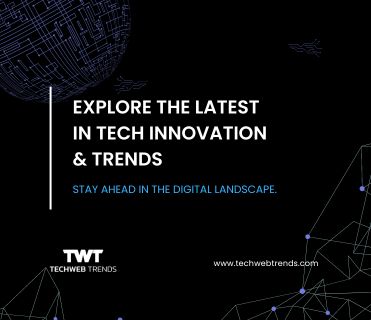Blockchain technology has evolved significantly since its inception, offering a wide range of platforms and solutions tailored to various industries and use cases. As we look ahead to 2024, several blockchain platforms stand out for their innovation, scalability, and potential to drive adoption. In this blog, we’ll explore the top nine blockchain platforms to consider for businesses and developers in the coming year.
Ethereum 2.0
It remains one of the most prominent blockchain platforms, known for its smart contract functionality and extensive developer ecosystem. Ethereum 2.0, the long-awaited upgrade to the Ethereum network, aims to address scalability issues and improve transaction throughput. With features like proof-of-stake consensus and sharding, Ethereum 2.0 promises to offer faster transaction speeds and lower fees, making it an attractive platform for decentralized applications (dApps) and decentralized finance (DeFi) projects.
Polkadot
Polkadot is a multi-chain blockchain platform designed to enable interoperability between different blockchains. It allows independent blockchains, known as parachains, to connect and share information securely. Polkadot’s unique architecture offers scalability, security, and customizability, making it suitable for a wide range of applications, including cross-chain communication, decentralized finance, and decentralized autonomous organizations (DAOs).
Solana
Solana is a high-performance blockchain platform known for its fast transaction speeds and low fees. Built to support decentralized applications and crypto projects, Solana uses a unique consensus mechanism called Proof of History (PoH) to achieve scalability and throughput. With Solana, developers can build highly scalable dApps with near-instant finality, making it ideal for applications that require high throughput and low latency, such as gaming and decentralized exchanges.
Binance Smart Chain (BSC)
Binance Smart Chain (BSC) is a blockchain platform launched by the cryptocurrency exchange Binance. It is compatible with the Ethereum Virtual Machine (EVM), allowing developers to easily port their Ethereum-based dApps to BSC. BSC offers fast transaction speeds and low fees, making it a popular choice for DeFi projects, token issuance, and non-fungible token (NFT) marketplaces. Its integration with the Binance ecosystem provides access to a wide range of services and liquidity.
Avalanche
Avalanche is a decentralized platform designed for building custom blockchain networks and dApps. It offers high throughput, sub-second transaction finality, and low fees, making it well-suited for a wide range of applications, including decentralized finance, asset tokenization, and decentralized identity. Avalanche’s consensus mechanism, Avalanche Consensus Protocol (ACP), enables rapid validation of transactions, making it highly scalable and efficient.
Cardano
Cardano is a blockchain platform known for its focus on sustainability, scalability, and interoperability. Built on peer-reviewed research and using a layered architecture, Cardano aims to provide a secure and scalable infrastructure for decentralized applications and smart contracts. With features like Ouroboros, its proof-of-stake consensus algorithm, and the upcoming Alonzo upgrade, which will enable smart contract functionality, Cardano is poised to become a leading platform for DeFi, NFTs, and enterprise solutions.
Terra
Terra is a blockchain platform focused on creating programmable money for the internet. It provides a stablecoin ecosystem that is pegged to various fiat currencies, offering stability and low transaction costs for users. Terra’s native token, LUNA, powers its stablecoin network and governance system. With applications in payments, remittances, and decentralized finance, Terra has gained traction as a leading blockchain platform in the fintech space.
Tezos
Tezos is a self-amending blockchain platform that enables formal verification of smart contracts and decentralized governance. Its on-chain governance mechanism allows token holders to propose and vote on protocol upgrades, ensuring the platform remains secure, stable, and adaptable over time. Tezos’ focus on security and governance makes it suitable for applications requiring high assurance, such as tokenization, asset management, and decentralized exchanges.
Hedera Hashgraph
Hedera Hashgraph is a distributed ledger platform that uses a unique consensus mechanism called hashgraph to achieve high throughput and fast transaction finality. With its focus on security, stability, and sustainability, Hedera Hashgraph is well-suited for enterprise applications, digital asset issuance, and supply chain management. Its governance model and council of leading organizations ensure decentralization and integrity of the network.
Conclusion
These nine blockchain platforms represent some of the most innovative and promising solutions in the industry today. Whether you’re a developer looking to build decentralized applications or a business seeking to leverage blockchain technology, these platforms offer scalability, security, and flexibility to meet your needs. As we move into 2024, the blockchain ecosystem continues to evolve, with new platforms and protocols emerging to drive innovation and adoption across industries.




